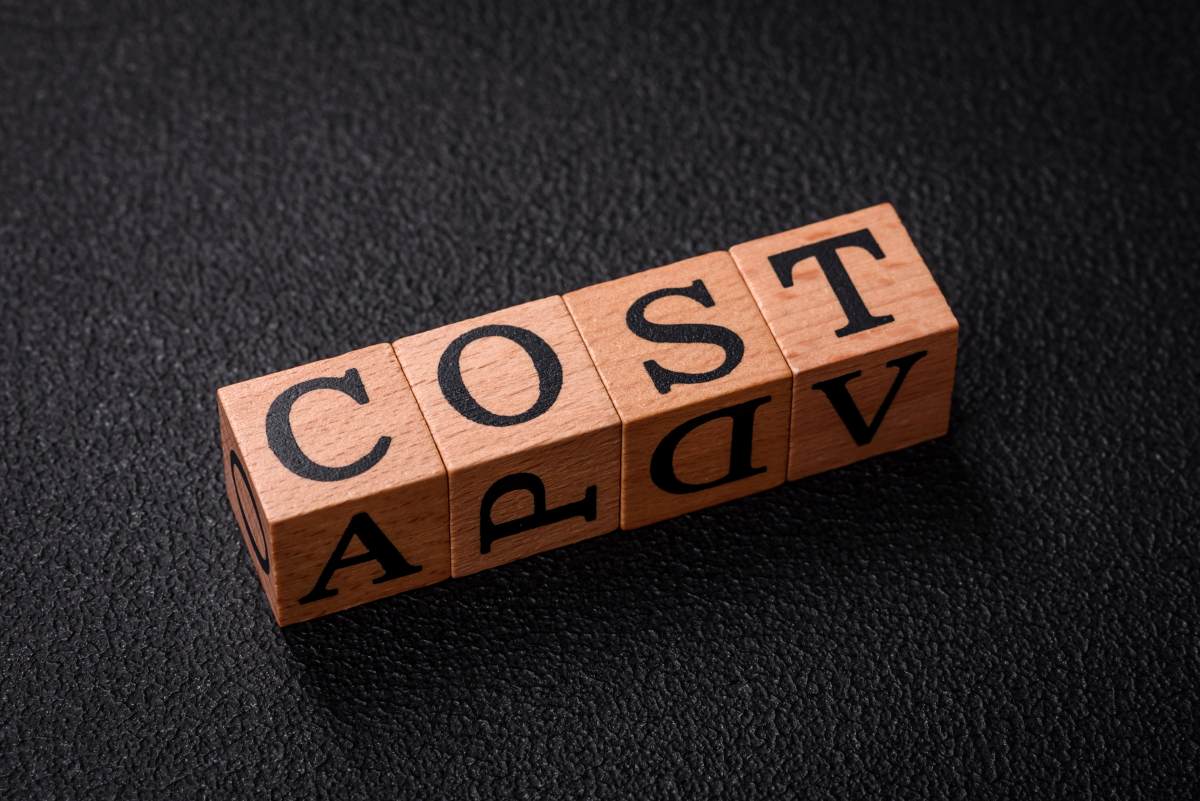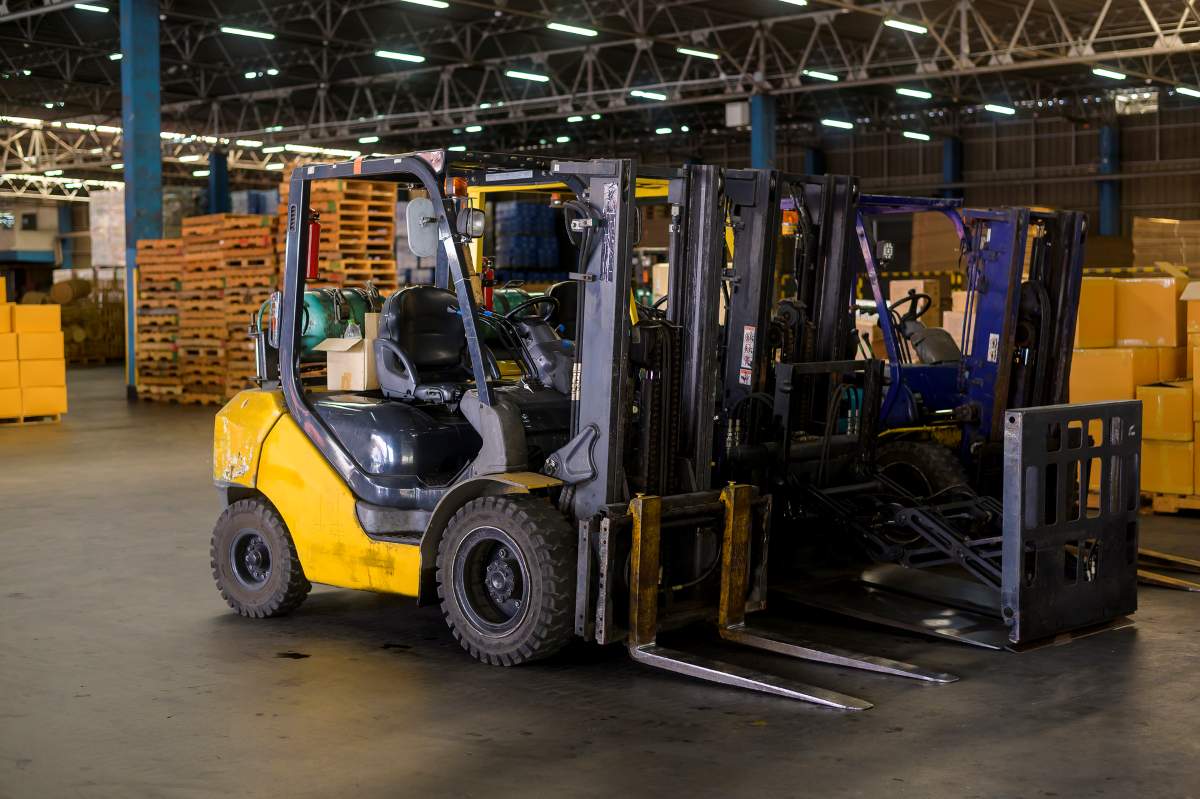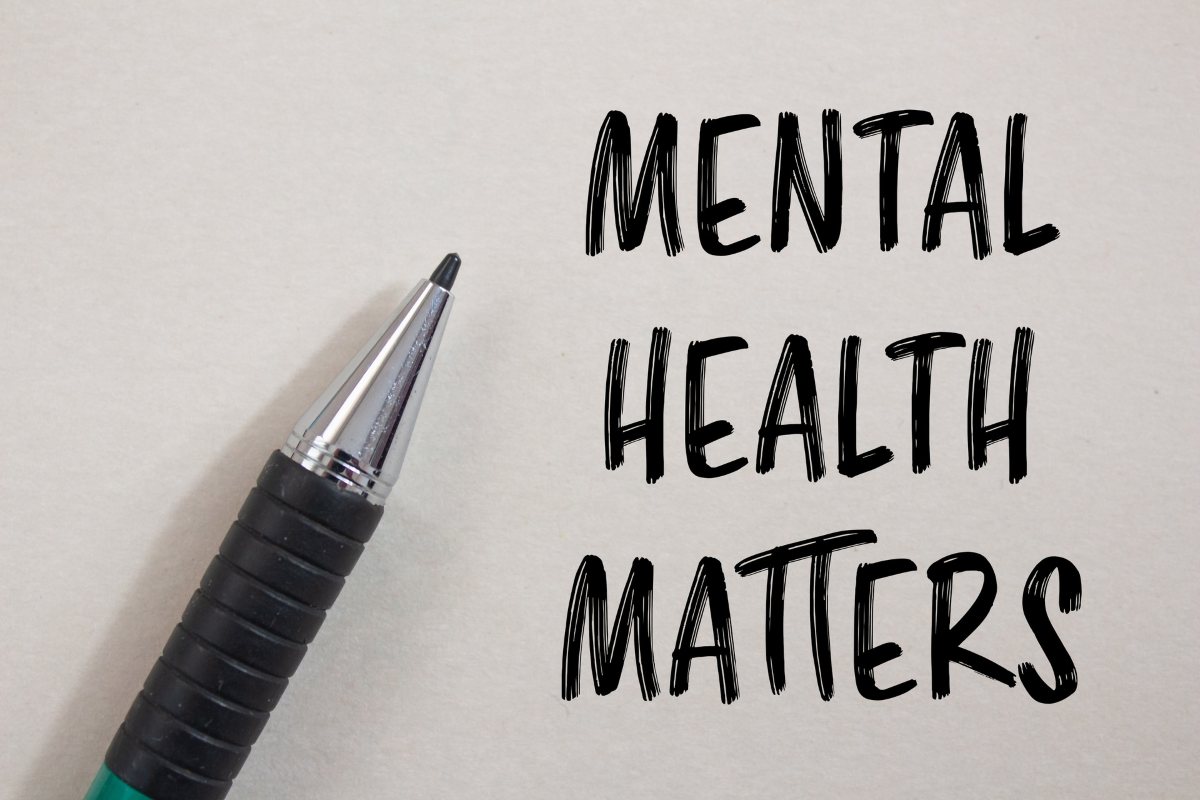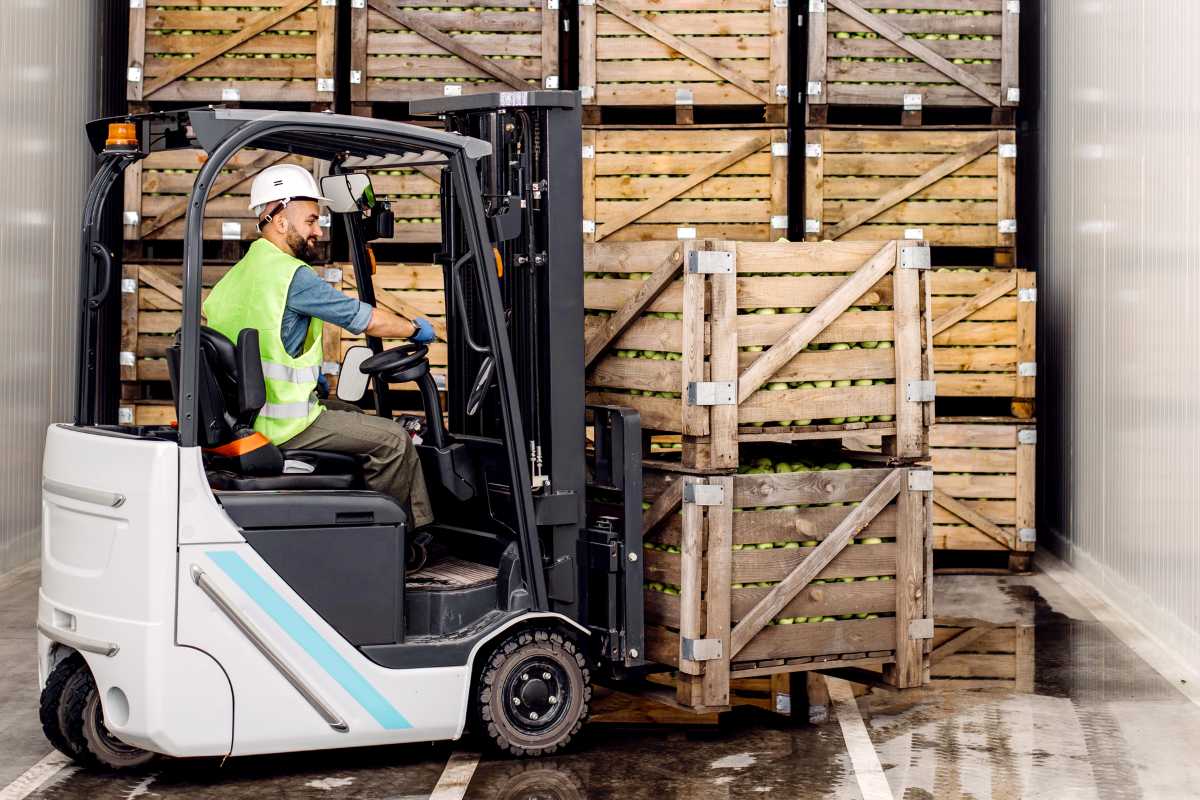A Guide to Fork Safety
Fork safety is paramount in the workplace. Last year, HSE estimated 1.7 million workers were in ill health that was believed to have been caused or worsened at work. 441,000 people in total had a non-fatal injury at work last year. There were 2,020 injury reports within our industry alone. To keep yourself safe in the workplace follow our guide to fork safety below.
Statistics – Industries (hse.gov.uk)
How can we prevent such incidents from
occurring whilst forks are in use?
- You must lift loads using both forks, do not lift loads using one fork, no matter the size or weight. This can result in the forks being damaged, most commonly due to the weight not being distributed evenly it bends the forks.
- Always carry out checks for wear on your forks. Impaired forks are to be replaced immediately. Once the original nominal thickness is reduced by 10%, the forks must be replaced promptly (ISO 5057). If the forks wear by 10%, it means a reduction of the load-bearing capacity of approx. 20%.
- If one of your forks is damaged / worn, both must be replaced at the same time so one doesn’t have more wear than the other. -Read our guide to measuring your forks.
- Adhere to the rated capacity and load the pallet correctly. Pallets which aren’t loaded correctly and cause the forklift to tilt are extremely dangerous and can cause serious harm.
- Do not modify, drill, weld (ISO 5057) or carry out repairs on the forks, heat treatments such as welding can change the material structure and cause the forks to break. Always ask the manufacturer to repair or replace them.
- Never transport prohibited items on the forks, this includes hot molten material and people.
- Locking devices on forks are there to keep the user and people in the surrounding area safe. They must be used correctly otherwise, they may detach.
- Due to the risk of overloading them, forks with longer blades should have a larger cross-section.
- Forks are not compatible with lateral loads, therefore you should prevent lateral pushing and diagonal lifting.
- Do not use forks on rotators or use them as upside down forks, there are special designs for these uses.
- Always prevent goods from falling on to forks.






